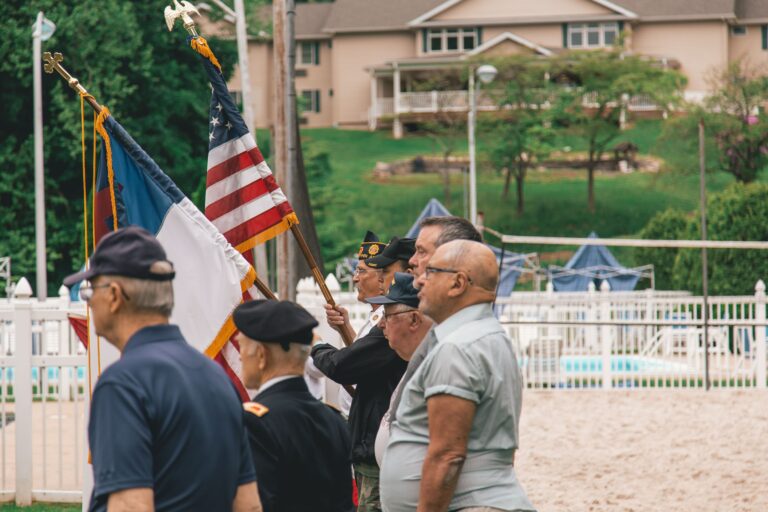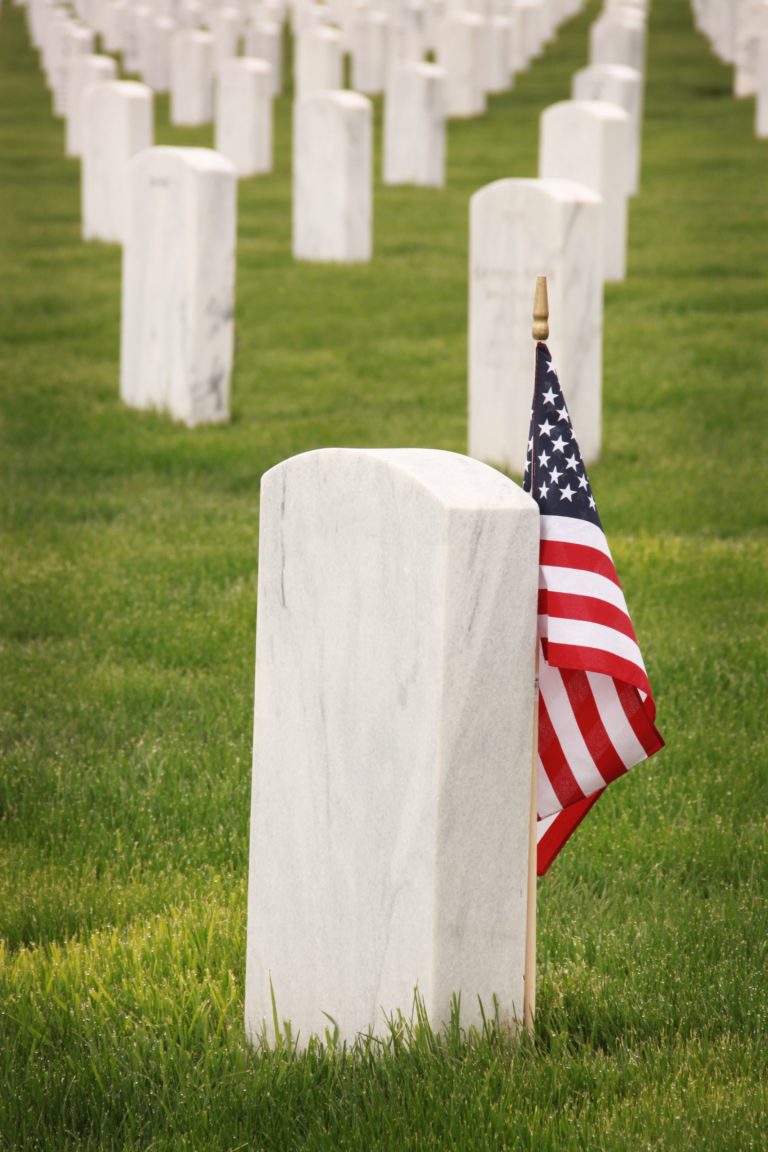
Will Vets Get More Time to Apply for Veterans’ Group Life Insurance?
The Department of Veterans Affairs has extended the deadline to apply for Veterans’ Group Life Insurance to include service members leaving the military through Dec. 11, 2021. During the pandemic, the VA provided more application time to anyone leaving the military from June 11, 2020, through June 11, 2021. The move allows troops leaving in the second half of last year to also get some extra time.
Military Times’ recent article entitled “More troops get extension to apply for veterans life insurance” tells us how it works for those whose separation dates are between June 11, 2020, and Dec. 11, 2021:
- To apply for VGLI without a health review to provide proof of good health, service members will be allowed to 330 days after they separate from the military, an increase of 90 days over the standard period of 240 days and
- To apply with a health review of good health, service members will have up to one year and 210 days after leaving the service—an increase of 90 days over the standard period of one year and 120 days.
The Department of Veterans Affairs says that the extension is aimed at relieving some of the financial effects of the pandemic for former service members, “especially those with disabilities incurred while in service, since many of these former members would otherwise not qualify for a private commercial plan of insurance due to such disabilities,” the VA states. Some troops may also have challenges with visiting their health care provider to get their medical records, according to the VA.
The Veterans’ Group Life Insurance coverage is an option for those who have Servicemembers’ Group Life Insurance coverage. This permits them to convert their existing SGLI coverage to VGLI coverage. Both programs are administered by the Office of Servicemembers’ Group Life Insurance, and are supervised by the VA.
VGLI coverage is more expensive than Servicemembers’ Group Life Insurance coverage. It increases in cost every five years up to age 80. Therefore, for instance, $400,000 worth of SGLI coverage costs the same — $25 a month — regardless of age. VGLI coverage of $400,000 at age 30 costs $36 a month, and at age 40 costs $64 a month. However, life insurance policies can be purchased in increments of $10,000 up to $400,000. Thus, a $10,000 policy would cost $1.60 a month for a 40-year-old.
Service members should shop around for life insurance and have a policy in hand well before their VGLI application deadline to ensure they have coverage, if there are health conditions that might make them ineligible for commercial life insurance coverage.
Reference: Military Times (June 18, 2021) “More troops get extension to apply for veterans life insurance”




